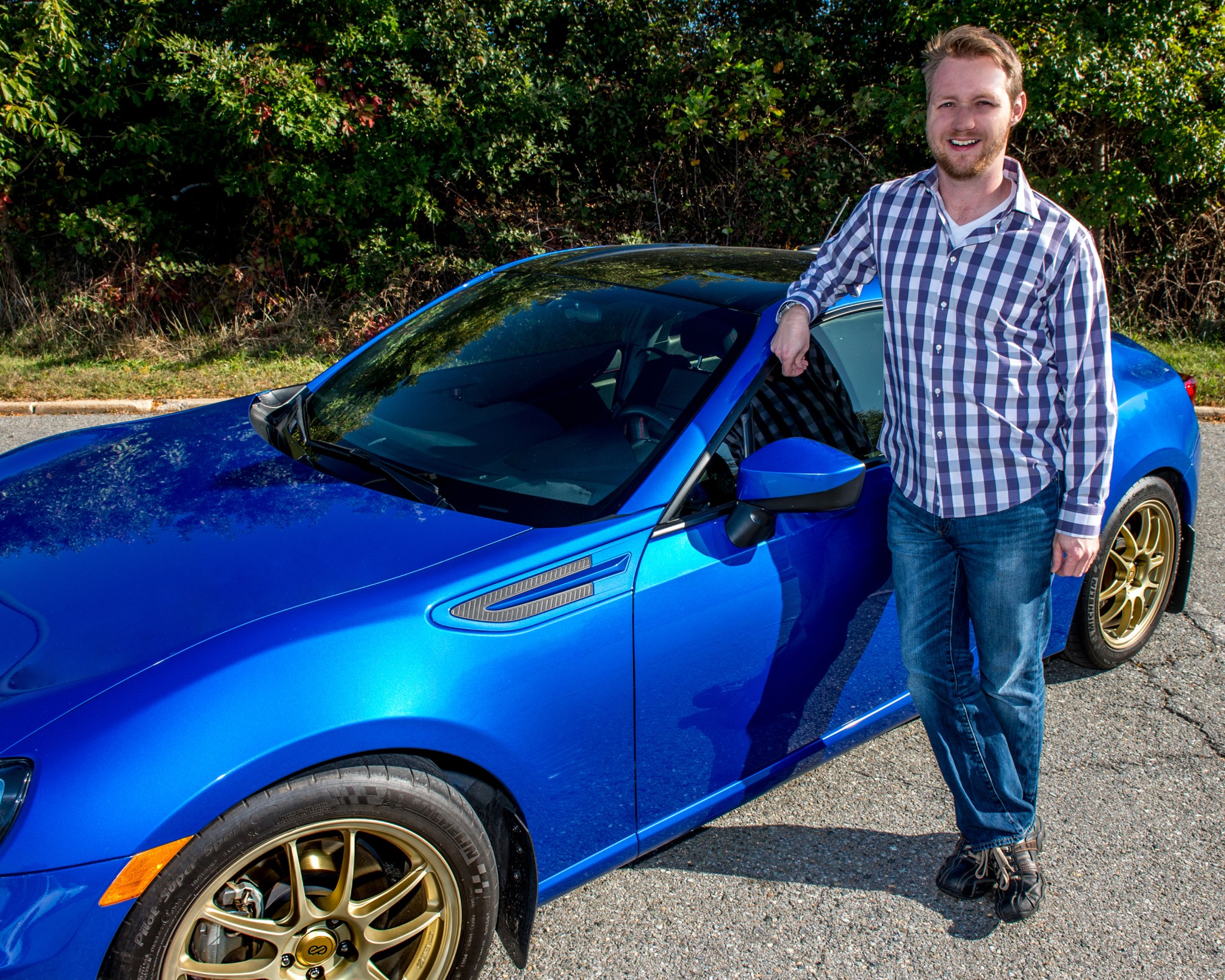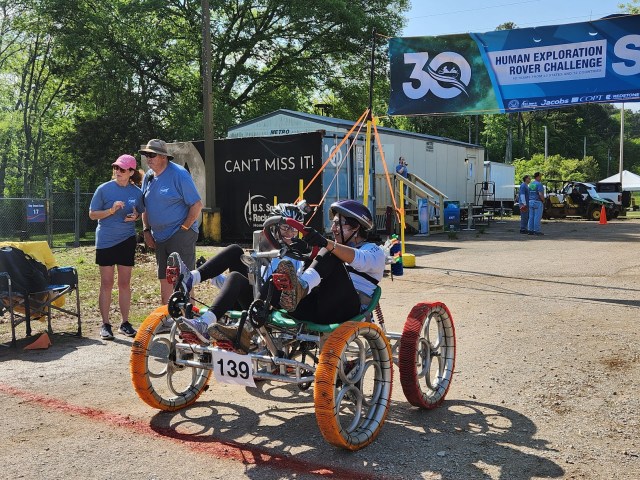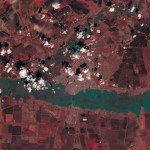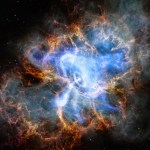Name: Nicholas Yanchik
Formal Job Classification: Computer engineer
Organization: Code 582, Flight Software Systems Branch, Software Engineering Division, Applied Engineering Technology Directorate, Office of the Director
What do you do and what is most interesting about your role here at Goddard? How do you help support Goddard’s mission?
I help design software that runs NASA satellites. My job ranges anywhere from designing and writing code that runs on a satellite to being responsible for all the flight software on an instrument. Some of my projects involve the satellite itself, keeping it running and operational, while others of my projects concern the instruments on the satellite.
What project are you currently working on?
I am the flight software systems lead for the Wide Field Instrument (WFI) on the Wide Field Infrared Survey Telescope (WFIRST). WFIRST is NASA’s next Hubble-class telescope mission after the James Webb Space Telescope. We are scheduled to launch around September 2025. It is nice to get involved with a project at the ground floor.
We are in Phase A, the first phase of the project during which we are planning schedules and budgets. I am looking at a lot of spread sheets at the moment.
I am also doing some risk mitigation analysis relating to choosing our computer processors. The instrument has some demanding processing requirements. To accomplish mission goals, we will have to process a lot of data very quickly.
Choosing the right processor for our needs is critical to mission success.
What kind of programming do you do?
I mainly do embedded programming. Think of a DVD player. When you turn on your DVD player, all you need to do is hit one button. The DVD player, however, executes a complex series of commands which remain invisible to the user, but were designed by a computer software engineer. While the design is intended to appear seamless, it actually requires a series of very complicated software functions.
The whole point of embedded programming is that the user does not see much except for the final result, as in the DVD player turns on. From the standpoint of the software designer, however, embedded programming is extremely challenging. Embedded programming is very much a behind the scenes kind of programming.
How large a team will you eventually lead?
Once we enter the development phase, I will build my team up to about 10 to 15 computer engineers. Some will be developers and others will be testers and each group will have technical leads reporting to me.
Have you been a lead before?
I was the software test team lead on the Deep Space Climate Observatory (DSCOVR), which launched in 2015.
What is your leadership style?
I seem to be able to talk to just about anybody about just about anything. I try to be friendly and approachable. I strive to listen well and encourage thoughts, ideas and opinions. I want to build a team with people who have the necessary experience to come up with a solution, so that when we encounter a problem I know that we can fix it.
Why did you become a computer engineer?
My whole life, I have clicked with electronics. When I was a very young child, I took apart clock radios, stereo speakers and whatever else I could find. I just liked tinkering with things. For the most part, I was able to put things back together. When I was a little older, I loved the electronic engineering kits from RadioShack.
Where did you go to school?
I was raised in northeast Pennsylvania. I went to Penn State for a Bachelor of Science in computer engineering with an emphasis in electrical engineering. Computer engineering splits the difference between the pure math of computer science and the practicality of electrical engineering. After that, I went to Johns Hopkins for a master’s in computer science.
When did you come to Goddard?
I came to Goddard after graduating from Penn State. I have been here since January 2005. While here, NASA paid for me to get my master’s, for which I am thankful.
Who at Goddard inspires you?
When I started here, I was assigned a mentor named Alan Cudmore, a computer engineer, the same as me. I showed up the first day with a Linux CD in one hand and a car magazine in the other. We knew we would get along just fine because we are both car and computer nuts. We still talk frequently and he helps me with computer problems whenever I ask. Of course, we also still talk about cars.
Who is your science hero?
Neil DeGrasse Tyson. He is interested in promoting science to everyone and getting everybody thinking about how the world works. I am a big science fan too. I feel it is important for people to be curious about how the world works.
Curiosity is a quality of a good scientist. A lot of people take what they see at face value without engaging in critical thought.
Do you volunteer?
I volunteer with the Annapolis Jaycees, a non-profit, world-wide organization that emphasizes volunteering, personal growth and community development. Our group organizes the qualifying events for the Special Olympics held at the Naval Academy. We also run Angel Trees, a program where we help needy families enjoy a good Christmas by providing Christmas food and toys. We also sponsor children for the Make-A-Wish Foundation. We recently raised money to send a 6-year-old girl with cancer to Disneyland.
Is there something surprising about your hobbies that people do not generally know?
Since I was 17, I have been in love with cars. I began by modifying cars to look better. When I got older and had more income, I started making cars perform better too.
I do autocross, a form of car racing. Cars go one at a time through a course with a series of elements such as slaloms (weaving though cones), sweepers (long, sweeping corner) and other challenges. Courses range from about 40 seconds to almost one-and-one-half minutes. Racers get to run the course four or five times to make their best time.
I race my 1990 red Mazda Miata, which I have modified. Sometimes my father, who is also mechanical, races his 1995 red Mazda Miata. We race mostly in the mid-Atlantic region, anywhere from Pennsylvania to Virginia.
I also show my Miata in car shows in the southeast. Mine has won several awards including best in show.
I also enjoy just going for drives with Fozzie, my small goldendoodle. We both love the open road.
By Elizabeth M. Jarrell
NASA’s Goddard Space Flight Center, Greenbelt, Md.

Conversations With Goddard is a collection of Q&A profiles highlighting the breadth and depth of NASA’s Goddard Space Flight Center’s talented and diverse workforce. The Conversations have been published twice a month on average since May 2011. Read past editions on Goddard’s “Our People” webpage.
































